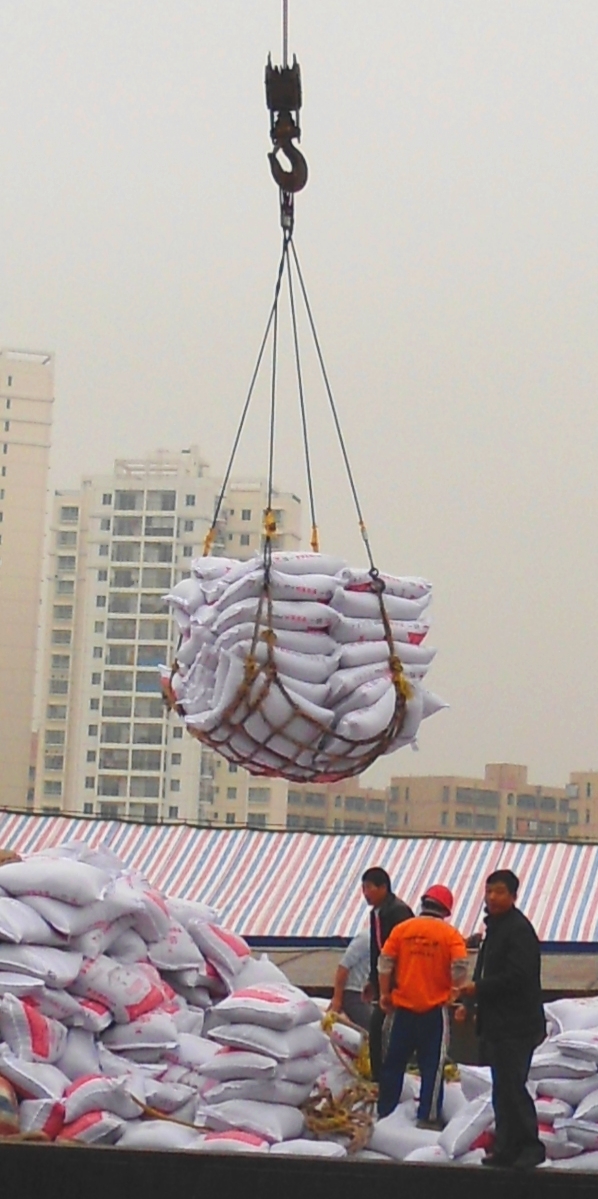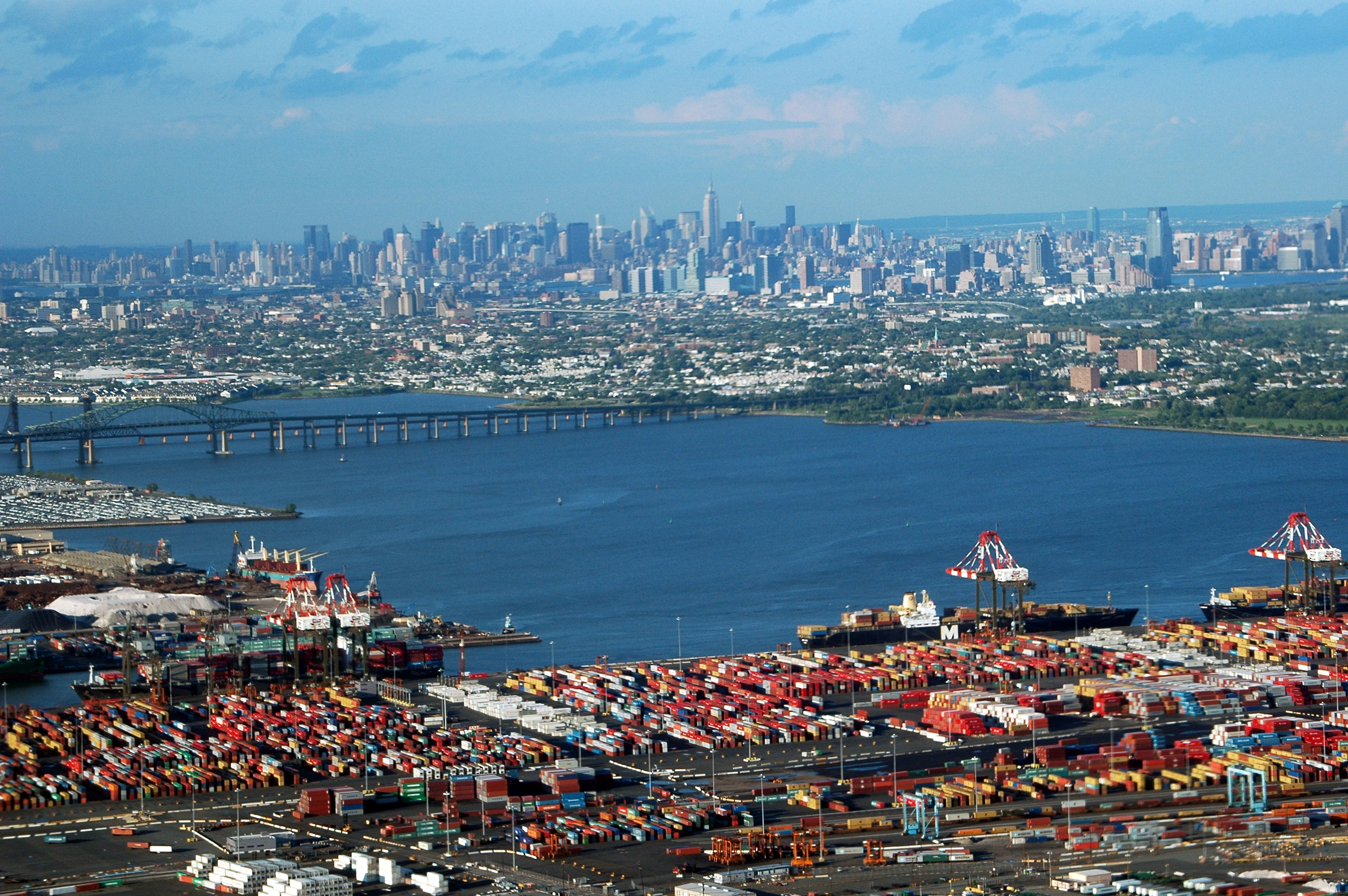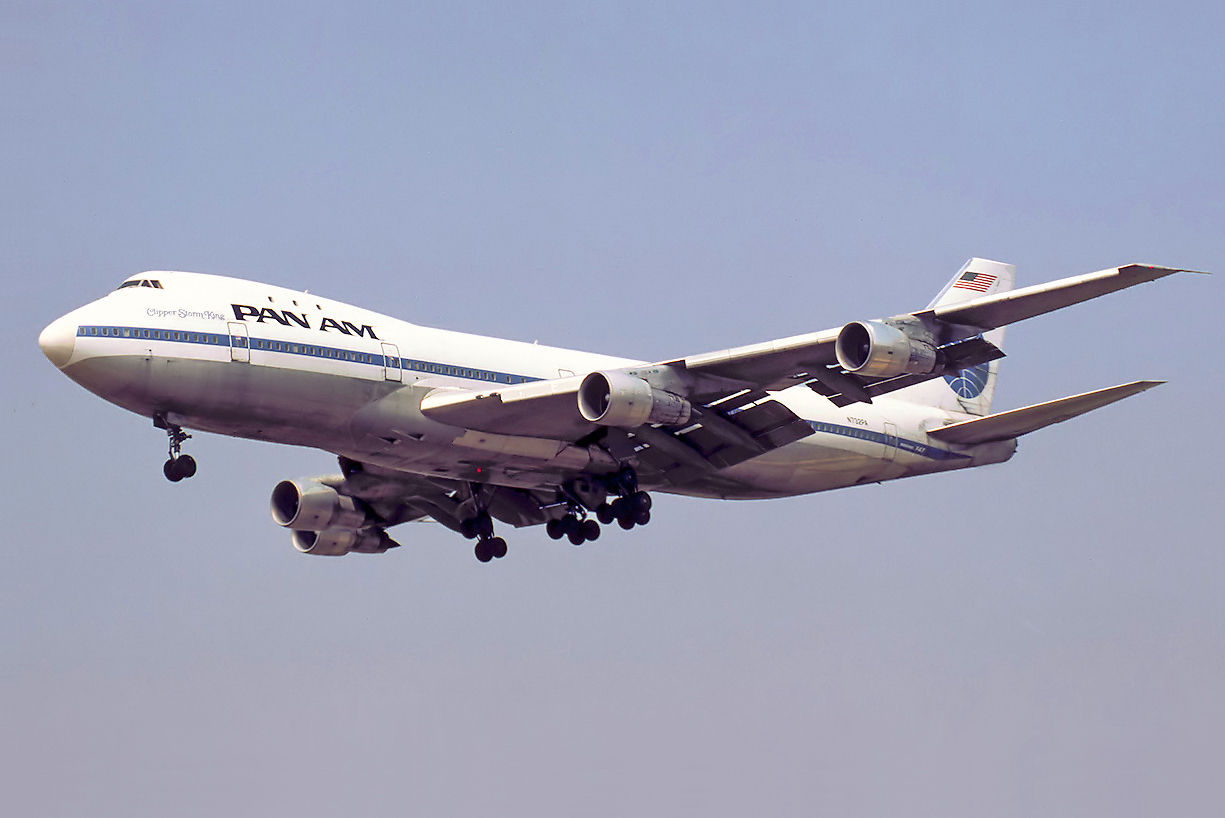|
Cargo
In transportation, cargo refers to goods transported by land, water or air, while freight refers to its conveyance. In economics, freight refers to goods transported at a freight rate for commercial gain. The term cargo is also used in case of goods in the cold-chain, because the perishable inventory is always in transit towards a final end-use, even when it is held in cold storage or other similar climate-controlled facilities, including warehouses. Multi-modal container units, designed as reusable carriers to facilitate unit load handling of the goods contained, are also referred to as cargo, especially by shipping lines and logistics operators. When empty containers are shipped each unit is documented as a cargo and when goods are stored within, the contents are termed containerized cargo. Similarly, aircraft ULD boxes are also documented as cargo, with an associated packing list of the items contained within. Description Marine Seaport terminals handle a wide ra ... [...More Info...] [...Related Items...] OR: [Wikipedia] [Google] [Baidu] |
Containerization
Containerization is a system of intermodal freight transport using intermodal containers (also called shipping containers, or International Organization for Standardization, ISO containers). Containerization, also referred as container stuffing or container loading, is the process of unitization of cargoes in exports. Containerization is the predominant form of unitization of export cargoes today, as opposed to other systems such as the barge system or palletization. The containers have Standardization, standardized dimensions. They can be loaded and unloaded, stacked, transported efficiently over long distances, and transferred from one mode of transport to another—container ships, rail transport flatcars, and semi-trailer trucks—without being opened. The handling system is mechanized so that all handling is done with cranes and special forklift trucks. All containers are numbered and tracked using computerized systems. Containerization originated several centuries ago ... [...More Info...] [...Related Items...] OR: [Wikipedia] [Google] [Baidu] |
Break Bulk Cargo
In shipping, break-bulk, breakbulk, or break bulk cargo, also called general cargo, are goods that are stowed on board ships in individually counted units. Traditionally, the large numbers of items are recorded on distinct bill of lading, bills of lading that list them by different Product (business), product. This is in contrast to cargo stowed in modern intermodal containers as well as bulk cargo, which goes directly, unpackaged and in large quantities, into a Hold (ship), ship's hold(s), measured by volume or weight (for instance, oil or grain). The term ''break-bulk'' derives from the phrase breaking bulk, a term for unloading part of a ship's cargo, or commencing unloading the cargo. Ships carrying break-bulk cargo are often called general cargo ships. Break-bulk/general cargo consists of goods transported, stowed and handled piecemeal to some degree, typically bundled somehow in unit loads for hoisting, either with cargo nets, slings, or crates, or stacked on trays, pal ... [...More Info...] [...Related Items...] OR: [Wikipedia] [Google] [Baidu] |
Intermodal Container
An intermodal container, often called a shipping container, or a freight container, (or simply "container") is a large metal crate designed and built for intermodal freight transport, meaning these containers can be used across different Mode of transport, modes of transport – such as from container ship, ships to Rail transport, trains to Semi-trailer truck, trucks – without unloading and reloading their cargo. Intermodal containers are primarily used to store and transport materials and products efficiently and securely in the global containerization, containerized intermodal freight transport system, but smaller numbers are in regional use as well. It is like a boxcar that does not have wheels. Based on size alone, up to 95% of intermodal containers comply with ISO standards, and can officially be called ISO containers. These containers are known by many names: cargo container, sea container, ocean container, container van or sea van, sea can or C can, or MILVAN, or SEAVA ... [...More Info...] [...Related Items...] OR: [Wikipedia] [Google] [Baidu] |
Cargo Net
A cargo net is a type of net (device), net used for transferring cargo to and from ships. It is usually square or rectangular, but sometimes round, made of thick rope, with cinch ropes extending from the corners, and in some designs, the edges. Uses Cargo transfer In shipping, cargo ''lift'' nets are used to load and unload cargo. The net is spread out by stevedores, who load the goods onto it. They then attach the cinches to a crane hook. Lifting the hook draws the corners of the net around the cargo. This results in a balanced and secure load which can be safely hoisted. Goods are transferred from one place to another in the construction industry using cargo nets. When used to transfer cargo by helicopter, they are referred to as "underslung" cargo nets. Securing loads Cargo nets are used by the military, and in the shipping industry, to secure loads to prevent them from shifting during transport, as well as to deter theft. Obstacle courses As part of obstacle courses, ca ... [...More Info...] [...Related Items...] OR: [Wikipedia] [Google] [Baidu] |
Crane (machine)
A crane is a machine used to move materials both vertically and horizontally, utilizing a system of a boom, hoist, wire ropes or chains, and sheaves for lifting and relocating heavy objects within the swing of its boom. The device uses one or more simple machines, such as the lever and pulley, to create mechanical advantage to do its work. Cranes are commonly employed in transportation for the loading and unloading of freight, in construction for the movement of materials, and in manufacturing for the assembling of heavy equipment. The first known crane machine was the shaduf, a water-lifting device that was invented in ancient Mesopotamia (modern Iraq) and then appeared in ancient Egyptian technology. Construction cranes later appeared in ancient Greece, where they were powered by men or animals (such as donkeys), and used for the construction of buildings. Larger cranes were later developed in the Roman Empire, employing the use of human treadwheels, permitting the ... [...More Info...] [...Related Items...] OR: [Wikipedia] [Google] [Baidu] |
Port
A port is a maritime facility comprising one or more wharves or loading areas, where ships load and discharge cargo and passengers. Although usually situated on a sea coast or estuary, ports can also be found far inland, such as Hamburg, Manchester and Duluth; these access the sea via rivers or canals. Because of their roles as ports of entry for immigrants as well as soldiers in wartime, many port cities have experienced dramatic multi-ethnic and multicultural changes throughout their histories. Ports are extremely important to the global economy; 70% of global merchandise trade by value passes through a port. For this reason, ports are also often densely populated settlements that provide the labor for processing and handling goods and related services for the ports. Today by far the greatest growth in port development is in Asia, the continent with some of the world's largest and busiest ports, such as Singapore and the Chinese ports of Shanghai and Ningbo-Zhoushan. As ... [...More Info...] [...Related Items...] OR: [Wikipedia] [Google] [Baidu] |
Water Transport
Maritime transport (or ocean transport) or more generally waterborne transport, is the transport of people (passengers or goods (cargo) via waterways. Freight transport by watercraft has been widely used throughout recorded history, as it provides a higher-capacity mode of transportation for passengers and cargo than land transport, the latter typically being more costly per unit payload due to it being affected by terrain conditions and road/rail infrastructures. The advent of aviation during the 20th century has diminished the importance of sea travel for passengers, though it is still popular for short trips and pleasure cruises. Transport by watercraft is much cheaper than transport by aircraft or land vehicles (both road and rail), but is significantly slower for longer journeys and heavily dependent on adequate port facilities. Maritime transport accounts for roughly 80% of international trade, according to UNCTAD in 2020. Maritime transport can be realized over any ... [...More Info...] [...Related Items...] OR: [Wikipedia] [Google] [Baidu] |
Bulk Cargo
Bulk cargo is Product (business), product cargo that is transported packaging, unpackaged in large quantities. Description Bulk cargo refers to material in either liquid or granular, particulate (as a mass of relatively small solids) form, such as petroleum/crude oil, cereal, grain, coal, or gravel. This cargo is usually dropped or poured, with a spout or shovel bucket, into a bulk carrier Hold (ship), ship's hold, Railroad car#Freight cars, railroad car/railway wagon, or tanker truck/Trailer (vehicle), trailer/semi-trailer body. Smaller quantities can be boxed (or drum (container), drummed) and palletised; cargo packaged in this manner is referred to as breakbulk cargo. Bulk cargo is classified as liquid, wet or dry goods, dry. Baltic Exchange, The Baltic Exchange is based in London and provides a range of indices benchmarking the cost of moving bulk commodities, dry and wet, along popular routes around the seas. Some of these indices are also used to settle Freight Future ... [...More Info...] [...Related Items...] OR: [Wikipedia] [Google] [Baidu] |
Air Transport
Aviation includes the activities surrounding mechanical flight and the aircraft industry. ''Aircraft'' include fixed-wing and rotary-wing types, morphable wings, wing-less lifting bodies, as well as lighter-than-air aircraft such as hot air balloons and airships. Aviation began in the 18th century with the development of the hot air balloon, an apparatus capable of atmospheric displacement through buoyancy. Clément Ader built the "Ader Éole" in France and made an uncontrolled, powered hop in 1890. This was the first powered aircraft, although it did not achieve controlled flight. Some of the most significant advancements in aviation technology came with the controlled gliding flying of Otto Lilienthal in 1896. A major leap followed with the construction of the ''Wright Flyer'', the first powered airplane by the Wright brothers in the early 1900s. Since that time, aviation has been technologically revolutionized by the introduction of the jet engine which enabled aviation ... [...More Info...] [...Related Items...] OR: [Wikipedia] [Google] [Baidu] |
Stevedore
A dockworker (also called a longshoreman, stevedore, docker, wharfman, lumper or wharfie) is a waterfront manual laborer who loads and unloads ships. As a result of the intermodal shipping container revolution, the required number of dockworkers has declined by over 90% since the 1960s. Etymology The word ''stevedore'' () originated in Portugal or Spain, and entered the English language through its use by sailors. It started as a phonetic spelling of ''estivador'' ( Portuguese) or ''estibador'' ( Spanish), meaning ''a man who loads ships and stows cargo'', which was the original meaning of ''stevedore'' (though there is a secondary meaning of "a man who stuffs" in Spanish); compare Latin ''stīpāre'' meaning ''to stuff'', as in ''to fill with stuffing''. In Ancient and Modern Greek, the verb στοιβάζω (stivazo) means pile up. In Great Britain and Ireland, people who load and unload ships are usually called ''dockers''; in Australia, they are called ''stevedores'', ''d ... [...More Info...] [...Related Items...] OR: [Wikipedia] [Google] [Baidu] |
Transportation
Transport (in British English) or transportation (in American English) is the intentional Motion, movement of humans, animals, and cargo, goods from one location to another. Mode of transport, Modes of transport include aviation, air, land transport, land (rail transport, rail and road transport, road), ship transport, water, cable transport, cable, pipeline transport, pipelines, and space transport, space. The field can be divided into infrastructure, vehicles, and operations. Transport enables human trade, which is essential for the development of civilizations. Transport infrastructure consists of both fixed installations, including roads, railways, airway (aviation), airways, waterways, canals, and pipeline transport, pipelines, and terminals such as airports, train station, railway stations, bus stations, warehouses, trucking terminals, refueling depots (including fuel docks and fuel stations), and seaports. Terminals may be used both for the interchange of passengers and ... [...More Info...] [...Related Items...] OR: [Wikipedia] [Google] [Baidu] |






